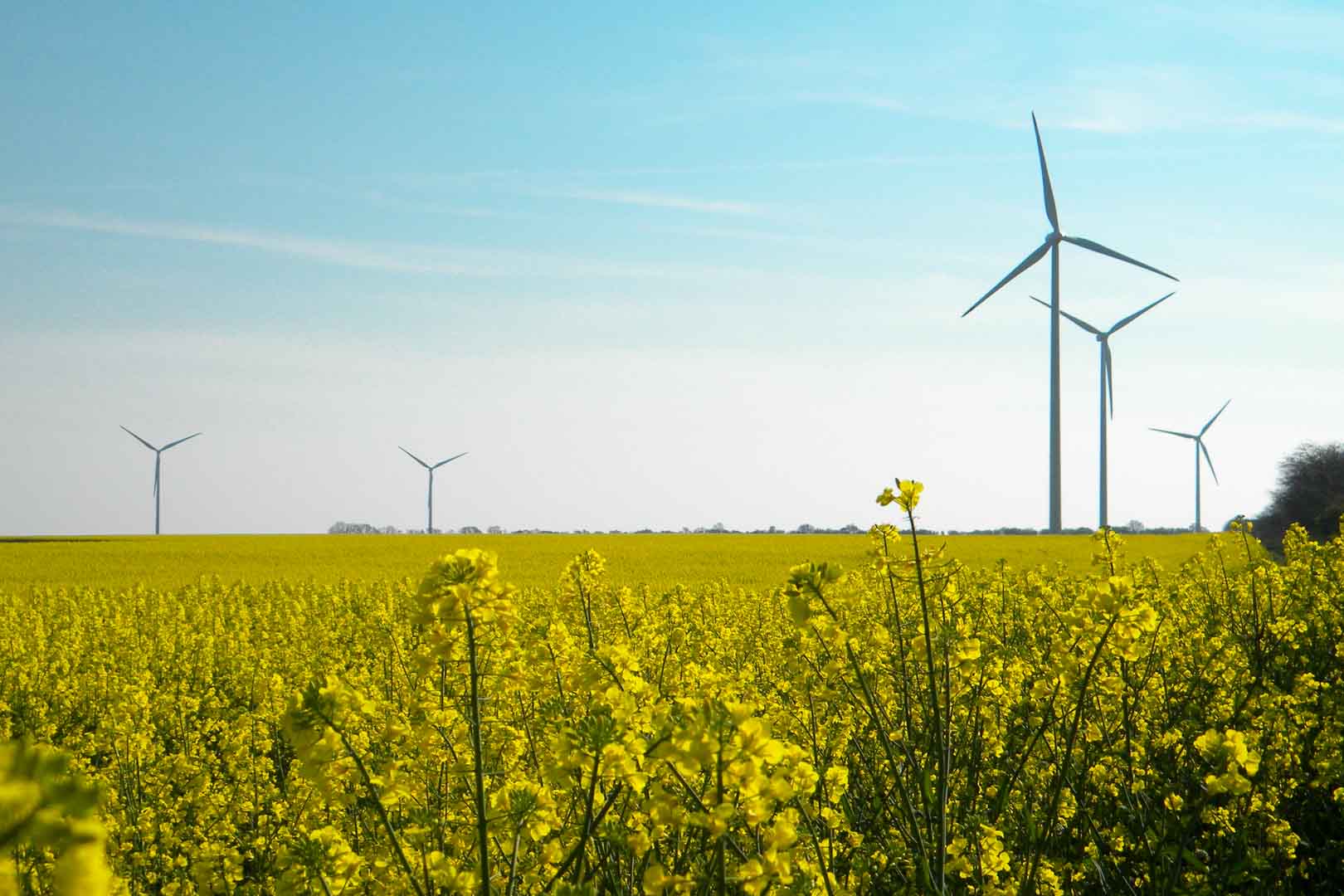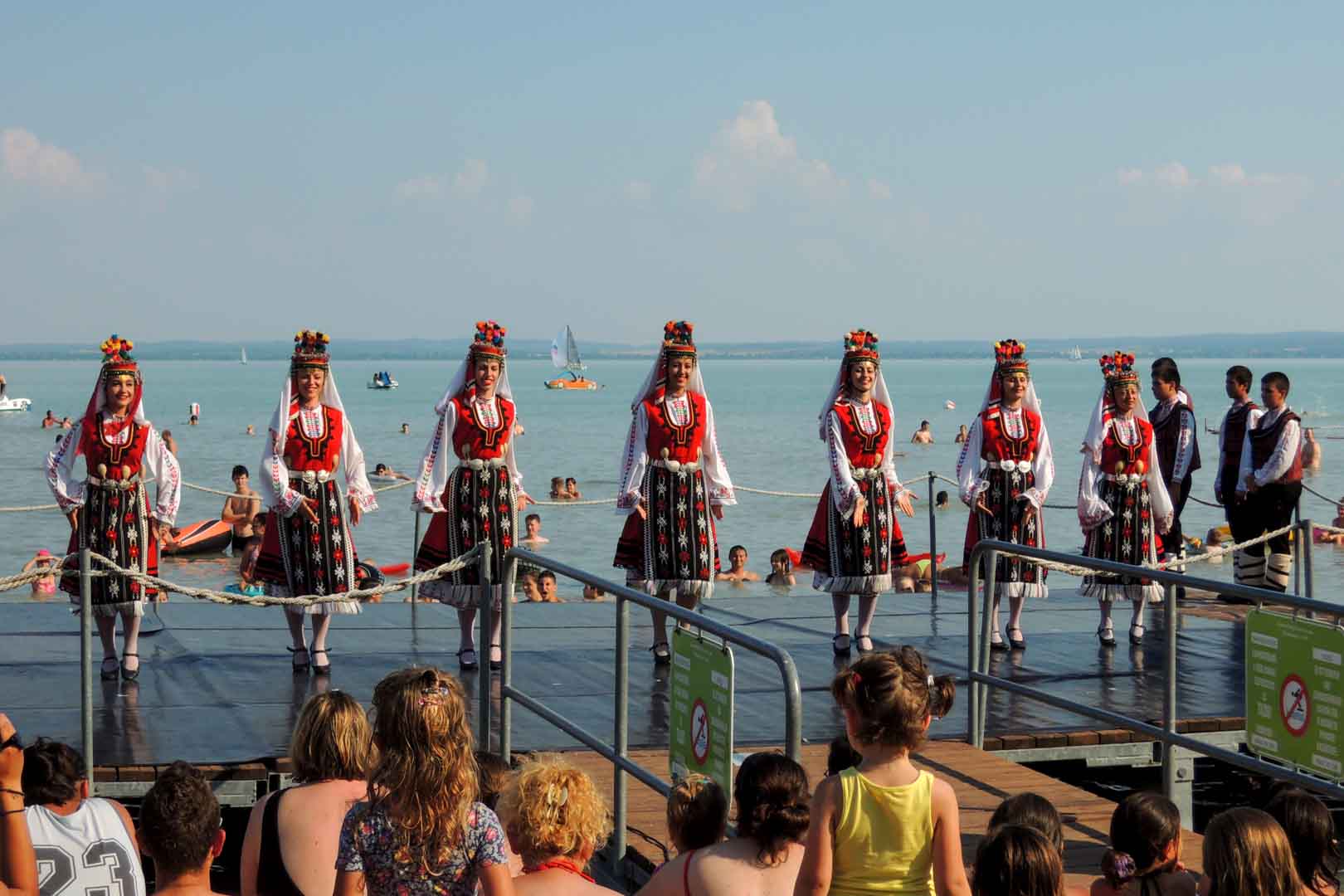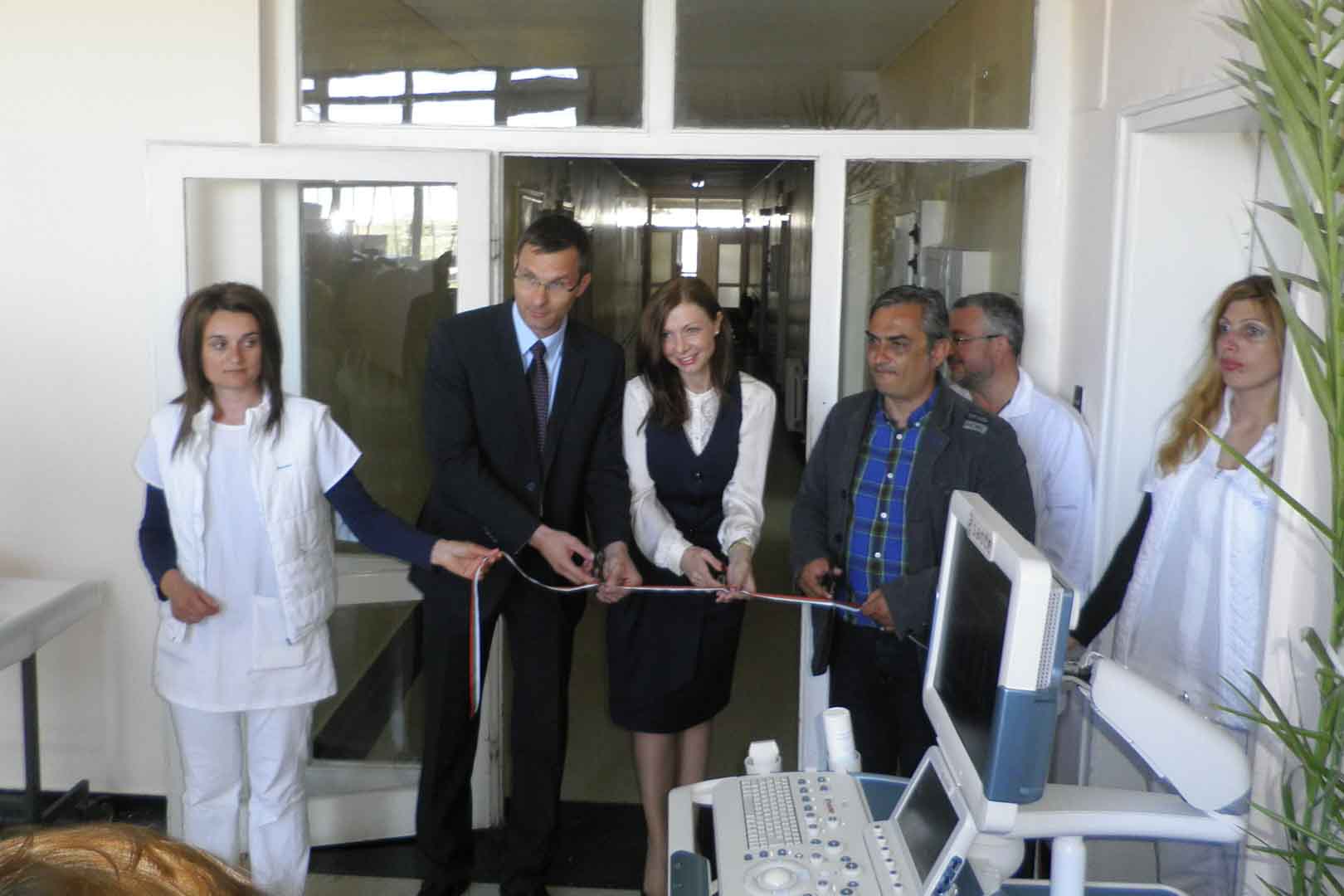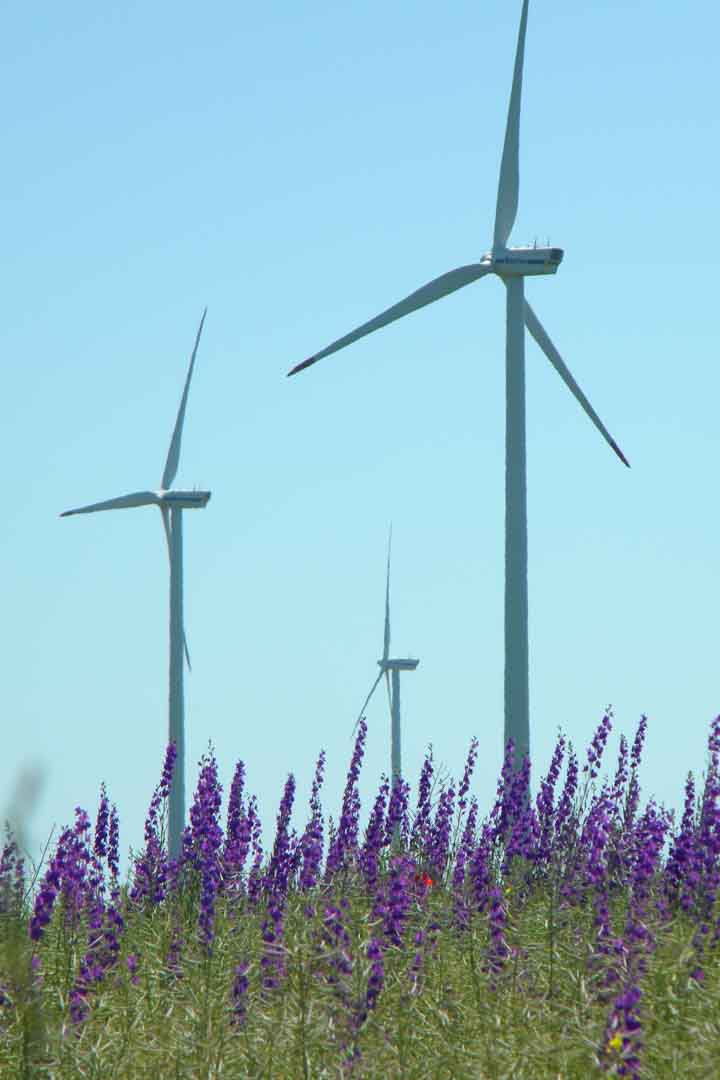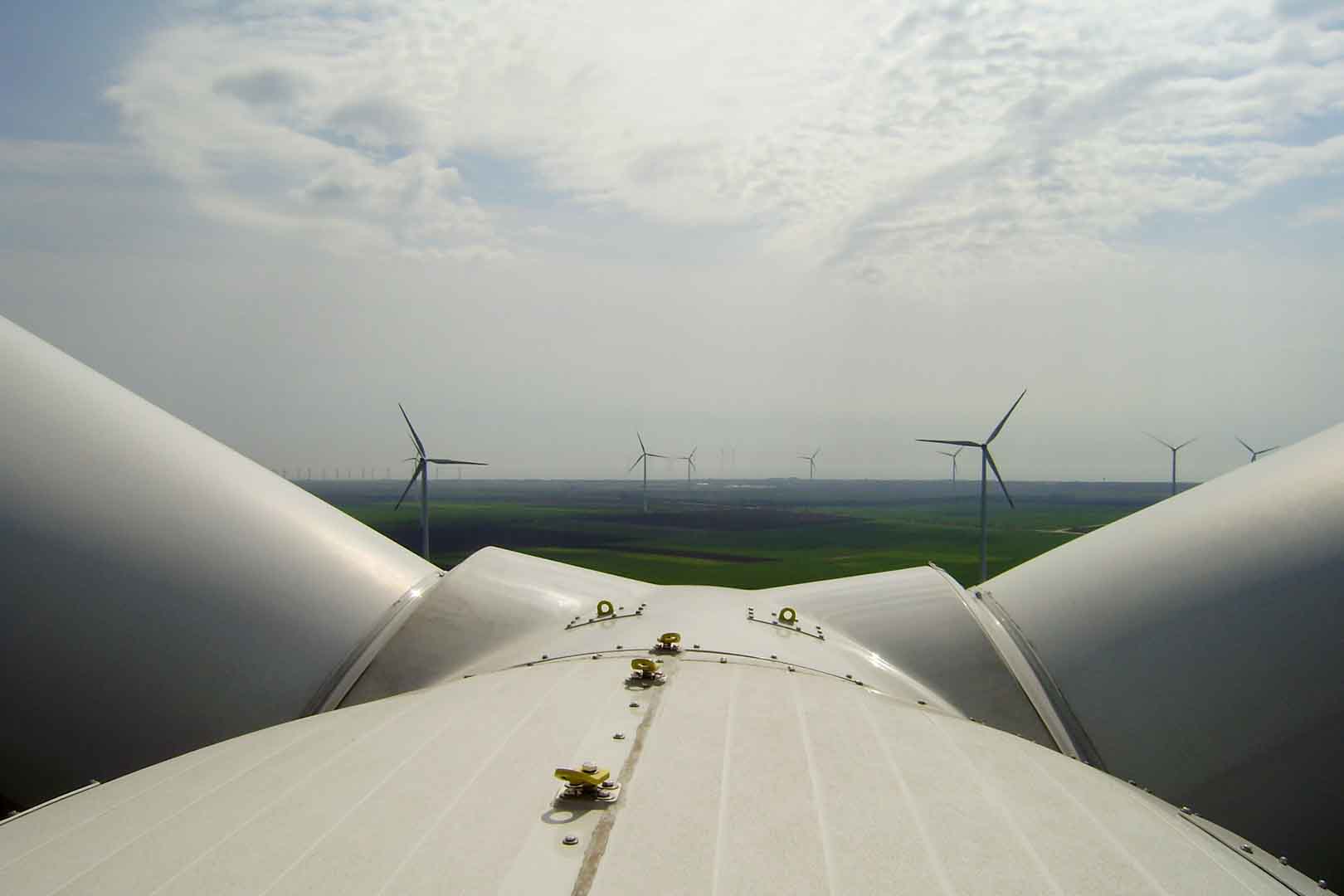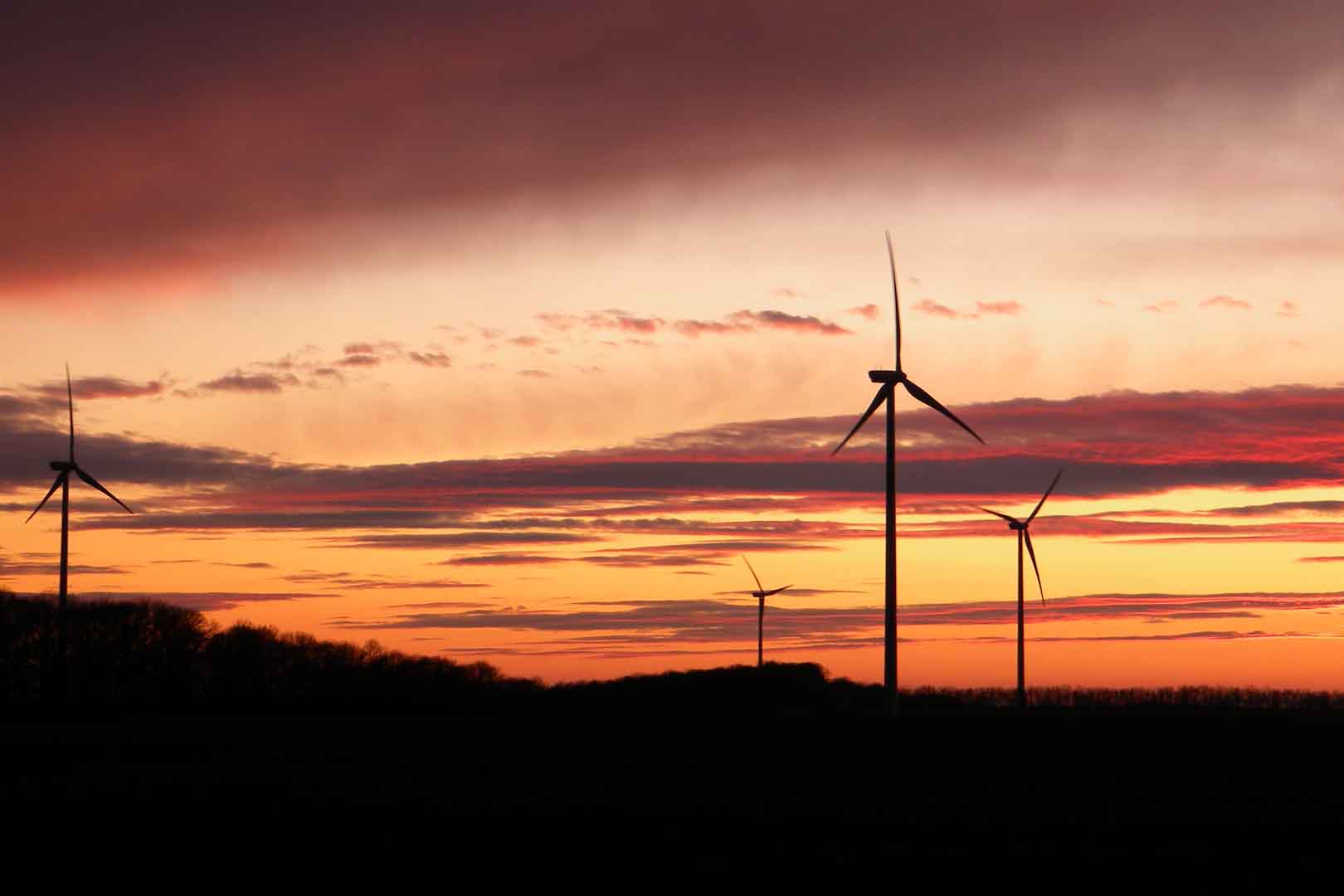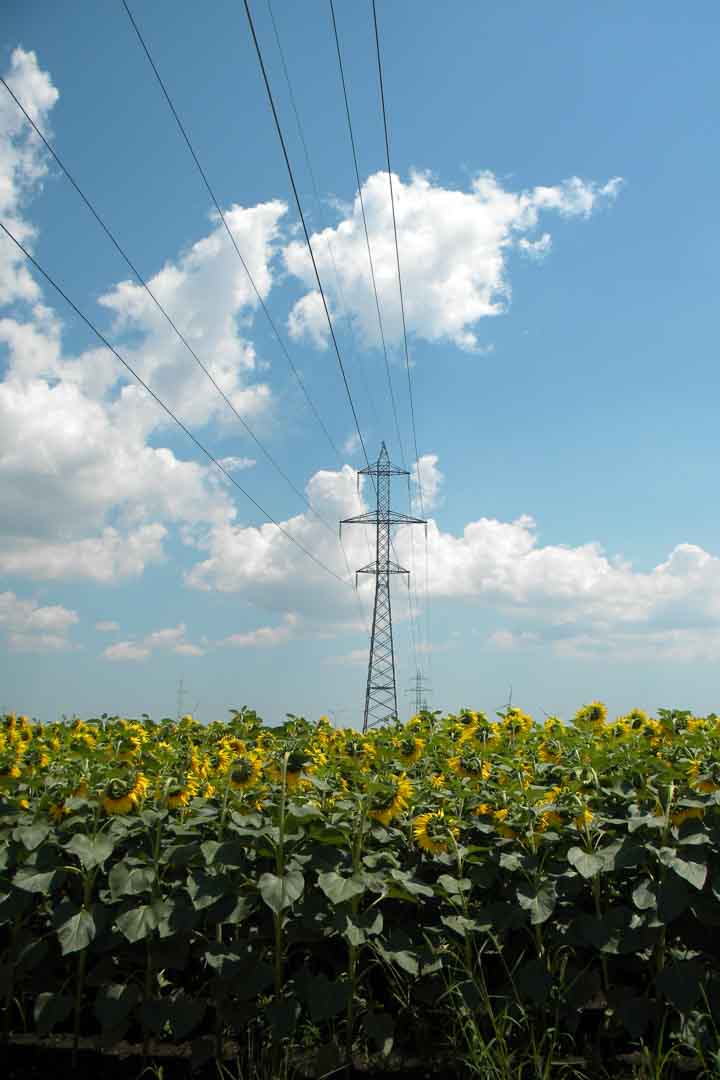A windpark with various community benefits
Saint Nikola wind farm in north-east Bulgaria contributes to the economic revival and sustainable development of the region. Located in the Kavarna municipality, about 70 km away from the town of Varna, the park consists of 52 turbines, each with a capacity of 3 MW.
Since sufficient distance was left between the generators when building the park, local farmers may keep using the land for agriculture. In addition, the project creates local jobs for the operation and maintenance of the wind farm. The wind farm generates about 300,000 MWh of clean electricity per year and has no impact on the habitats and birds in the region, which has been proved by intensive research monitoring and analyses by international experts.

As the name suggests, wind turbines use the power of the wind to generate energy. During this process, a generator located inside the wind turbine converts kinetic energy into electrical energy. As energy is still mainly generated from fossil fuels in many areas around the world, clean wind energy can replace some of this fossil, high-emission energy and verifiably save CO2 emissions.
In most cases, the sustainably generated electricity from the wind power projects is fed into a regional power grid, which diversifies the power supply and improves energy security in regions that are frequently affected by power shortages and outages. A project often creates increased job opportunities for the local population and the area can be used for additional activities, such as agriculture. Wind power projects make an important contribution to a clean energy supply worldwide and contribute to sustainable development with respect to the UN Sustainable Development Goals (SDGs). Wind energy projects in the ClimatePartner portfolio are registered with international standards.
Explore our projects
Biochar for Climate Action, Healthy Soils, and Better Harvests

A certified climate project combined with additional commitment

Expansion of renewable energy generation in Asia

Ceramic water filters save CO2 and improve health

Improved cookstoves worldwide – for better health and cleaner air

A certified climate project combined with additional commitment

Powering access to renewable energy in Africa

A certified climate project combined with additional commitment

Restored ecosystems remove carbon

Turning degraded farmlands into healthy ecosystems

Improved cookstoves - better for health and the environment

